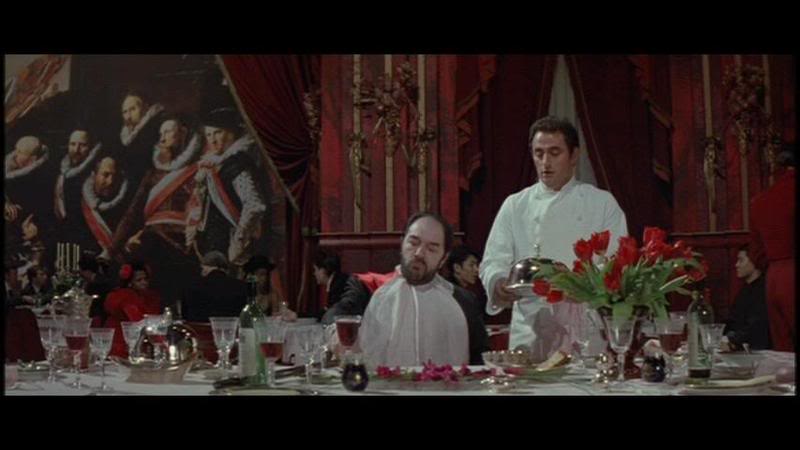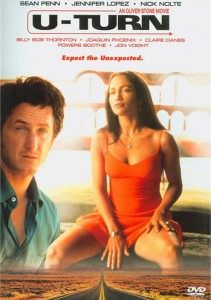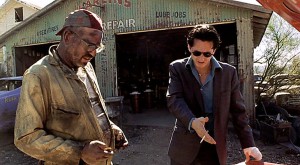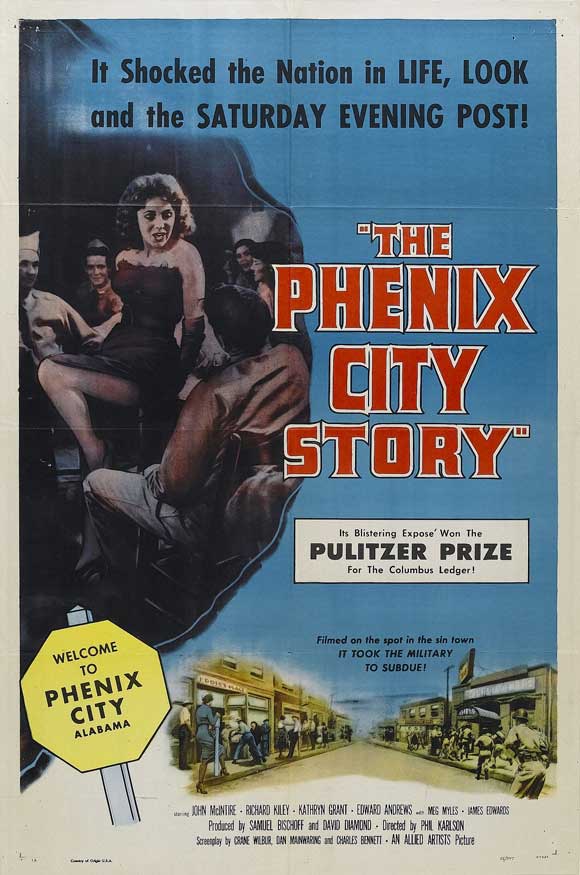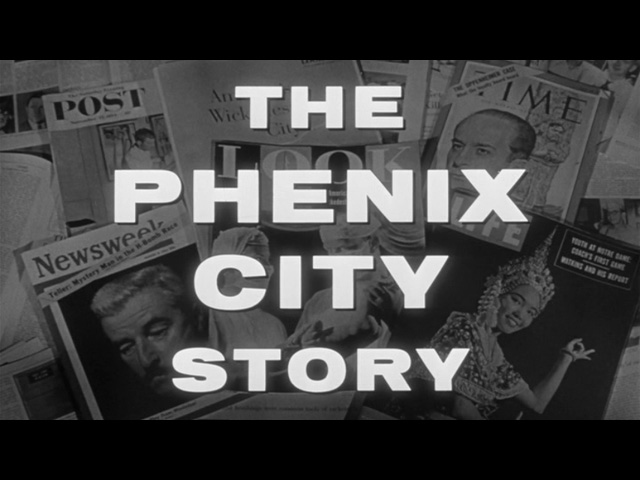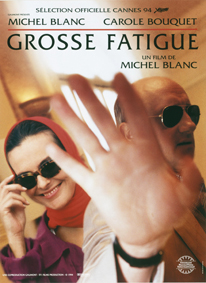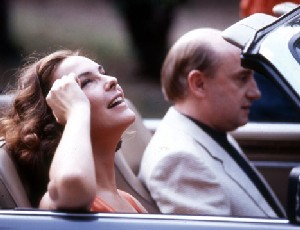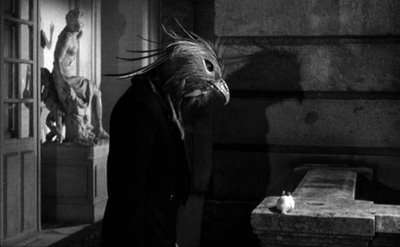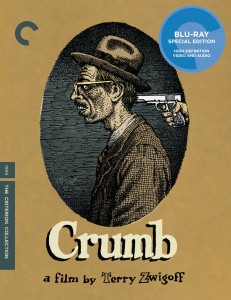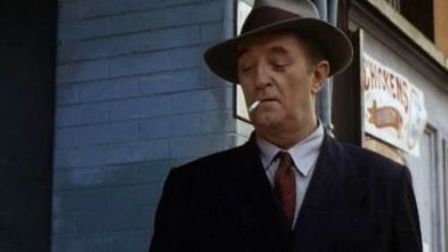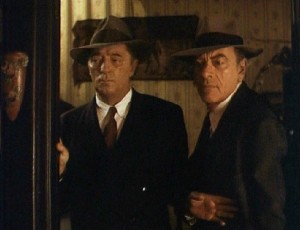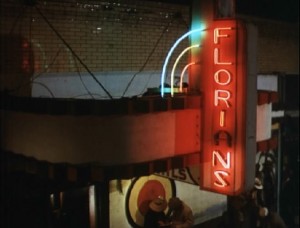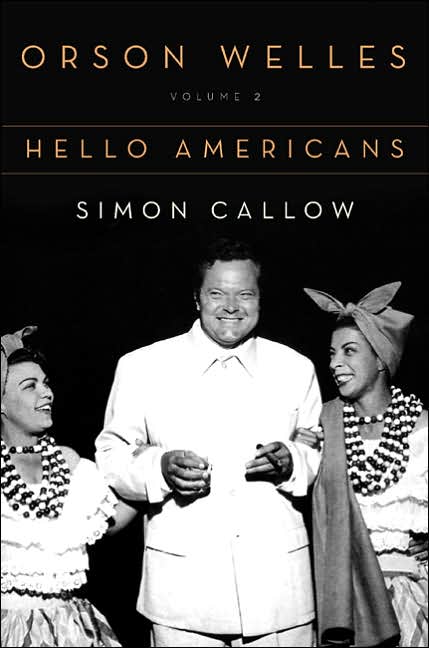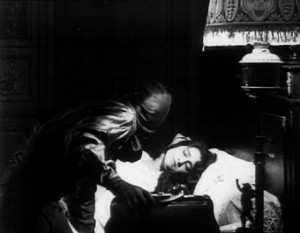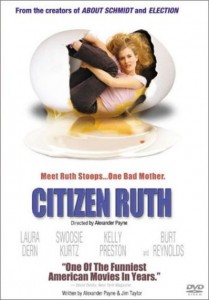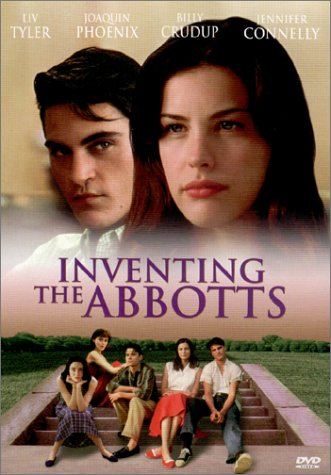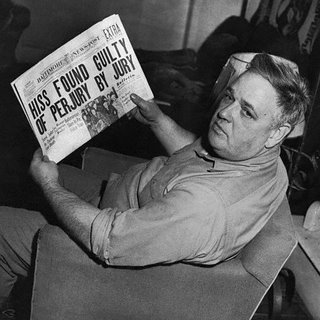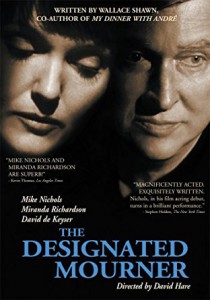From the Chicago Reader (April 13, 1990). — J.R.
THE COOK, THE THIEF, HIS WIFE & HER LOVER
* (Has redeeming facet)
Directed and written by Peter Greenaway
With Richard Bohringer, Michael Gambon, Helen Mirren, Alan Howard, and Tim Roth.
On the face of it, this movie seems to have a good many things going for it. Although he was born in 1942, Peter Greenaway is still probably the closest thing that the English art cinema currently has to an enfant terrible. A former painter and film editor who started making experimental films in the mid-60s, he achieved an international reputation with The Draughtsman’s Contract in 1982; he went on to become a star director and cult figure in Europe with several TV films and three more features that had considerable success in both England and France as well as on the international festival circuit — A Zed & Two Noughts (1986), The Belly of an Architect (1987), and Drowning by Numbers (1988) — although they have had only limited circulation in the U.S. A fair number of my film-buff friends swear by him, and he is commonly regarded as the most “advanced” art-house director currently working in England.
Greenaway’s latest feature makes sterling use of many of his longtime collaborators: Sacha Vierny, one of the best cinematographers alive (working here in ‘Scope), whose credits include Hiroshima, mon amour, Last Year at Marienbad, Muriel, Belle de jour, and Stavisky, as well as films by Raul Ruiz and Marguerite Duras; composer Michael Nyman, a sort of neoclassicist who has worked for everyone from the Royal Ballet to Steve Reich to Sting; and production designers Ben Van Os and Jan Roelfs, former interior designers who have worked in the Dutch film industry since 1983. Read more


